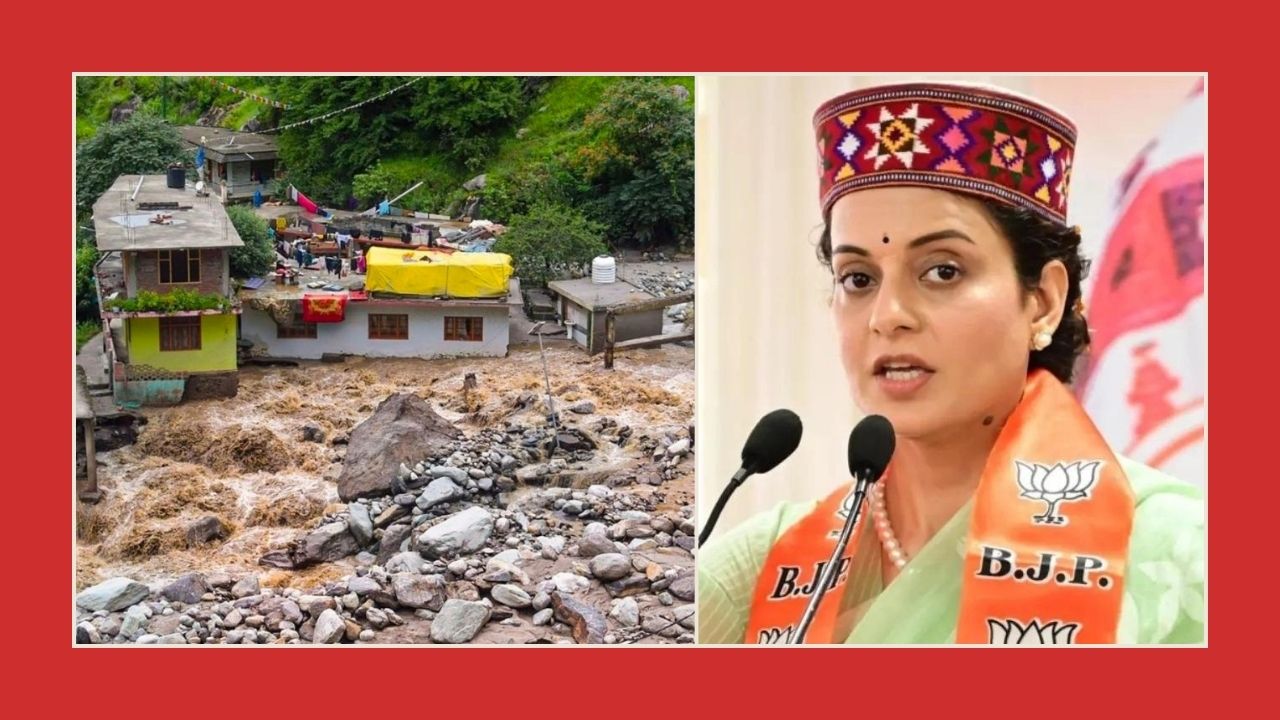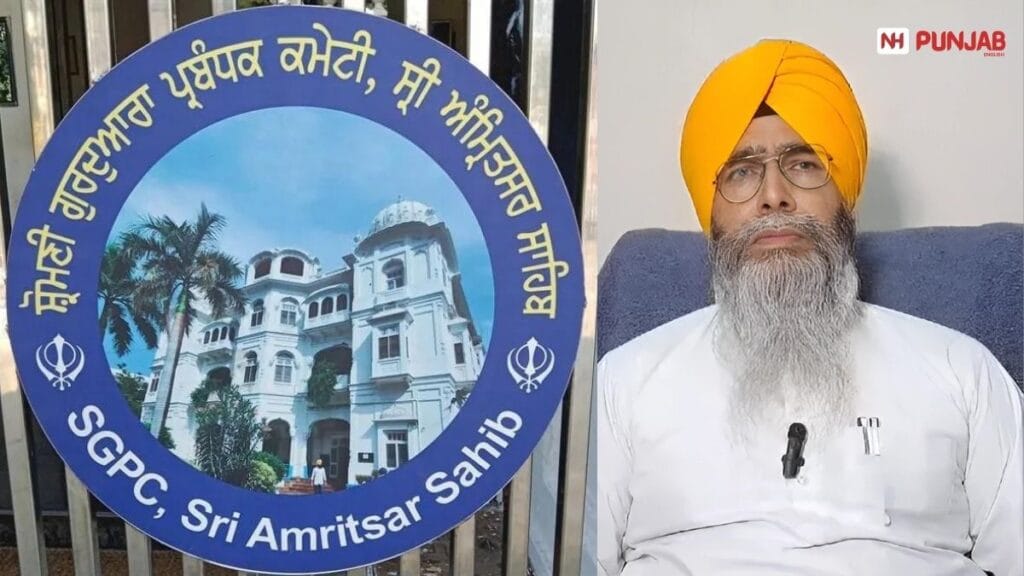Himachal Pradesh Rains: Unprecedented Havoc, Many Dead and Missing
Himachal Pradesh is grappling with a natural disaster of immense proportions as heavy rains, cloudbursts, and landslides have wreaked havoc across the state. The districts of Mandi, Kullu, and Shimla have been particularly hard hit, with numerous fatalities, many missing persons, and significant infrastructural damage.
The serene landscapes of Himachal Pradesh have been transformed into a scene of destruction. Cloudbursts have struck Nirmand, Sainj, and Malana in Kullu, Padhar in Mandi, and Rampur in Shimla, triggering landslides and floods that have claimed lives and left many missing. The state emergency operation center reported that a cloudburst in Samej Khud (nallah) in Rampur resulted in two fatalities and 28 people unaccounted for.
The fury of the cloudbursts and subsequent floods has left the picturesque state in turmoil. In the Kullu district, educational institutions and schools have been closed for two days as a precautionary measure. The Manali-Chandigarh National Highway has been breached in multiple locations due to landslides and the raging waters of the River Beas, cutting off critical transport routes and hampering rescue operations.
Rescue teams from the National Disaster Response Force (NDRF) and Home Guards are tirelessly working to locate and assist those trapped by the landslides and floods. Some individuals are currently stranded in the underground buildings of the Malana I hydropower project, but efforts are underway to secure their safety.

Political Reactions and Public Outcry
BJP MP and actress Kangana Ranaut took to X (formerly known as Twitter) to urge people to stay safe and pray for Himachal Pradesh. As the devastating floods, cloudbursts, and landslides capture Mandi and various parts of Himachal, many have died and many more are missing. I spoke to the MLAs and DCs of flood-affected areas.
They advised me not to travel to Himachal right now because of red and orange alerts in various places. I suggest the same to everyone in and around Himachal Pradesh. Please stay at home and stay safe until the situation gets better. Pray for Himachal Pradesh.
Her appeal was met with mixed reactions. Many users questioned why she couldn’t visit the affected areas, especially when politicians like Rahul and Priyanka Gandhi were risking their lives to help those in need in Wayanad. The debate on social media highlighted the critical nature of the situation and the need for visible leadership during such crises.
In Kullu, the breach in Malana Dam added to the chaos, though authorities have assured that the situation is now under control. However, the overall sentiment in the region is one of anxiety and distress as the extent of the damage becomes clear. Families have been torn apart, homes destroyed, and the local economy severely impacted by the relentless rains and landslides.
Social media has played a crucial role in this disaster, with real-time updates and appeals for help flooding various platforms. Residents are using these channels to communicate their safety, share information about missing persons, and coordinate rescue efforts. However, the spread of misinformation has also been a challenge, with authorities urging people to rely on verified sources for updates.
Government and Emergency Response
The Himachal Pradesh government has been working round the clock to manage the crisis. Chief Minister Jai Ram Thakur has been overseeing the response efforts, coordinating with central agencies for additional support. The government has also announced immediate relief measures for the affected families, including financial assistance and temporary shelters for those displaced by the floods.
This disaster has once again brought to the forefront the fragile nature of the Himalayan ecosystem. Environmentalists have long warned about the consequences of unchecked development and deforestation in the region. The heavy rains and cloudbursts are seen as symptoms of broader climatic changes affecting the area, exacerbated by human activities that disrupt natural water flow and increase the risk of landslides.
As the immediate rescue operations continue, the focus will gradually shift towards recovery and rebuilding. The state government, along with central agencies and NGOs, will need to work on long-term strategies to rebuild infrastructure, provide psychological support to the affected communities, and implement measures to prevent such disasters in the future.
Amidst the chaos, the spirit of solidarity among the people of Himachal Pradesh shines through. Communities are coming together to support each other, offering shelter, food, and assistance to those in need. The broader Indian community is also stepping up, with donations and volunteer efforts pouring in from across the country.

The devastating rains, cloudbursts, and landslides in Himachal Pradesh have left a trail of destruction and despair. As rescue operations continue and the state grapples with the aftermath, it is clear that the road to recovery will be long and arduous. The resilience and solidarity of the people, coupled with effective government response and environmental conservation efforts, will be crucial in rebuilding a safer and stronger Himachal Pradesh.
Frequently Asked Questions
What caused the recent disaster in Himachal Pradesh?
The disaster was triggered by heavy rains, cloudbursts, and subsequent landslides in the districts of Mandi, Kullu, and Shimla.
How many people have been affected by the floods and landslides?
Numerous fatalities have been reported, with many more missing. Specific numbers are still being confirmed as rescue operations continue.
What is the current status of rescue operations?
Rescue teams from NDRF and Home Guards are actively working to locate and assist those affected. Efforts are ongoing, especially in the most severely hit areas.
How has the local government responded to the disaster?
The Himachal Pradesh government has been coordinating rescue and relief operations, providing immediate assistance to affected families, and working with central agencies for additional support.
What measures are being taken to prevent future disasters?
Long-term strategies include rebuilding infrastructure, implementing better disaster management systems, and addressing environmental concerns to mitigate the risk of similar events in the future.
How can the public help those affected by the disaster?
Donations and volunteer efforts are critical. People can contribute to relief funds and support NGOs working on the ground to provide aid to the affected communities.
Stay connected with NH Punjab on social media. Follow us on Facebook, Twitter/X, and Instagram for the latest news updates, behind-the-scenes content, and more. Engage with us online and be a part of our growing community.
Sign up for our newsletter to get the latest news delivered straight to your inbox. Follow us on social media for real-time updates and engaging content.
Have questions or need more information? Feel free to reach out to us through our Contact Page. You can also learn more about our mission and team on our About Page.
For more details, visit our Privacy Policy, Disclaimer, and Terms and Conditions.
Stay connected with NH PUNJAB (Punjabi), where your news journey begins.


